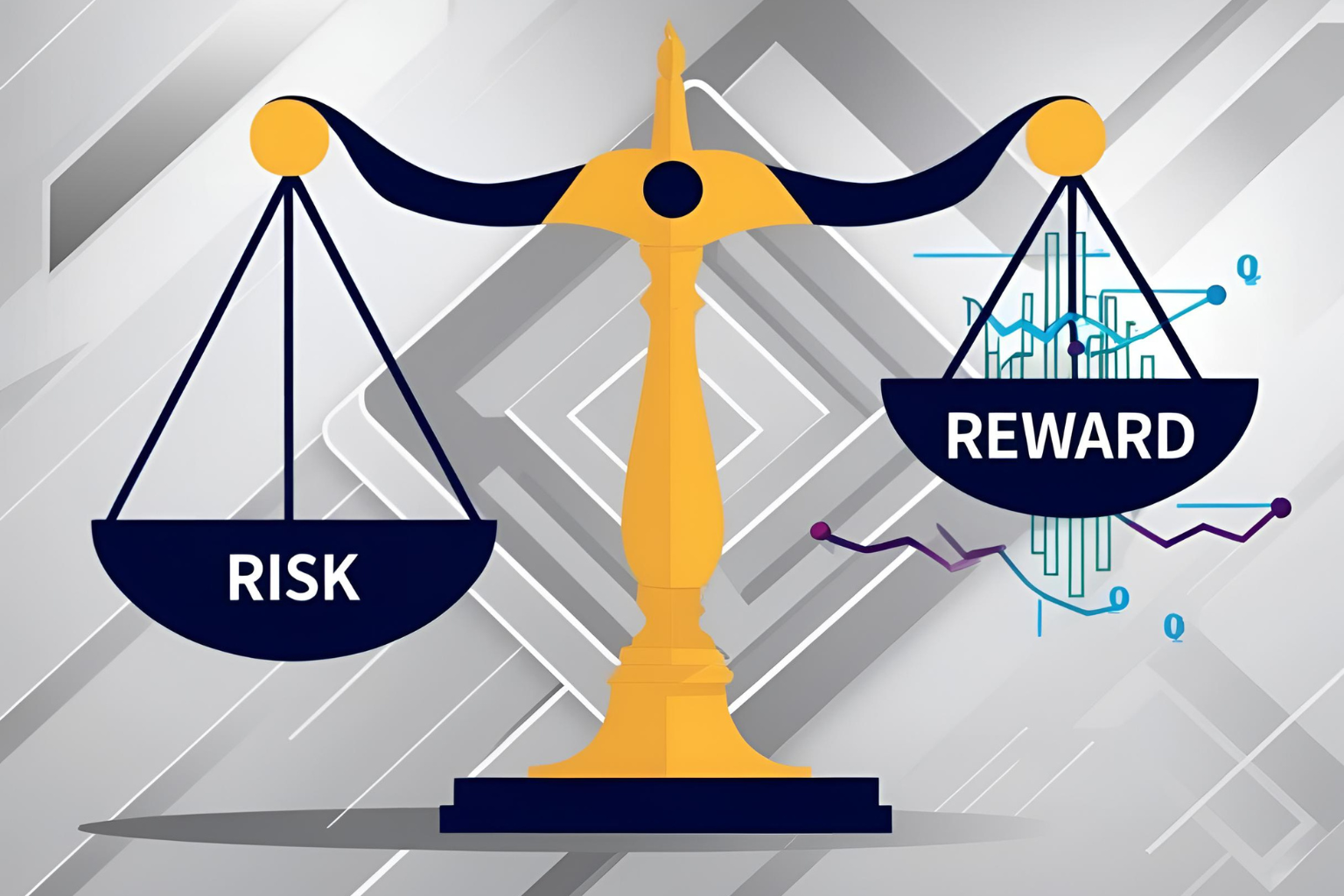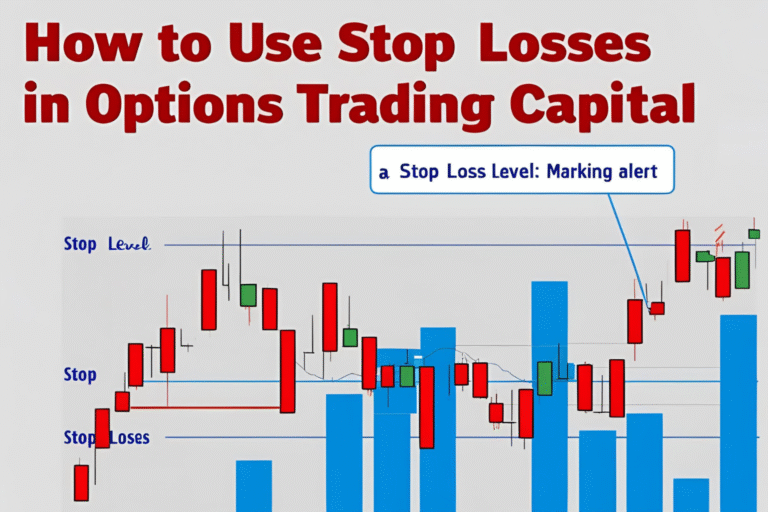Risk-Reward Ratio in Options Trading: How to Trade Smart
Every successful options trader understands this key principle: never risk more than the potential reward justifies. That’s where the risk-reward ratio comes in. It’s a simple yet powerful metric to help you plan better trades and improve your long-term results.
This article explains how to calculate, interpret, and apply the risk-reward ratio in options trading.
What Is the Risk-Reward Ratio?
The risk-reward ratio compares the potential loss of a trade to its potential gain.
Formula:
Risk-Reward Ratio = Maximum Loss / Maximum Profit
Example:
If you’re risking $50 to potentially gain $150, your risk-reward ratio is 1:3.
Why It Matters in Options Trading
Options are leveraged, so profits and losses can escalate fast. If you don’t plan your trades with a clear ratio, you may:
- Overtrade
- Take on poor risk setups
- Blow up your account over time
A good ratio helps you:
- Trade only high-probability setups
- Keep emotions in check
- Stick to a plan when markets move fast
Ideal Risk-Reward Ratios for Options
- Directional trades (calls/puts): Aim for at least 1:2 or better
- Debit spreads: Often 1:1 to 1:2
- Credit spreads: Usually 1:1 or less—but with higher win rates
- Straddles/strangles: Wide outcomes—use only with strong catalysts
How to Apply Risk-Reward to Your Trades
- Know your max loss: Usually the premium paid or spread width minus credit
- Set a target price: Use technical analysis to forecast exit level
- Run scenarios: Use an options calculator or trading platform to simulate profit/loss
- Log every trade: Track ratios in a spreadsheet or journal
Risk-Reward Doesn’t Stand Alone
A good ratio doesn’t guarantee success. You also need:
- High probability setups
- Solid entry timing
- Risk management discipline
- Consistent trade sizing
FAQs
1. What is a good risk-reward ratio for options trading?
1:2 or higher is preferred. You want to gain at least twice what you risk.
2. Is a high win rate better than a good risk-reward ratio?
Not always. A few high-reward trades can outperform many small wins.
3. Do spreads offer better risk-reward control?
Yes. Spreads let you define max risk and potential reward upfront.
4. Can I use the same ratio for all strategies?
No. Adjust based on the strategy’s nature—credit spreads differ from long calls.
5. How do I calculate the ratio on a multi-leg trade?
Use max loss and max profit from your trade simulator or broker’s options tool.




